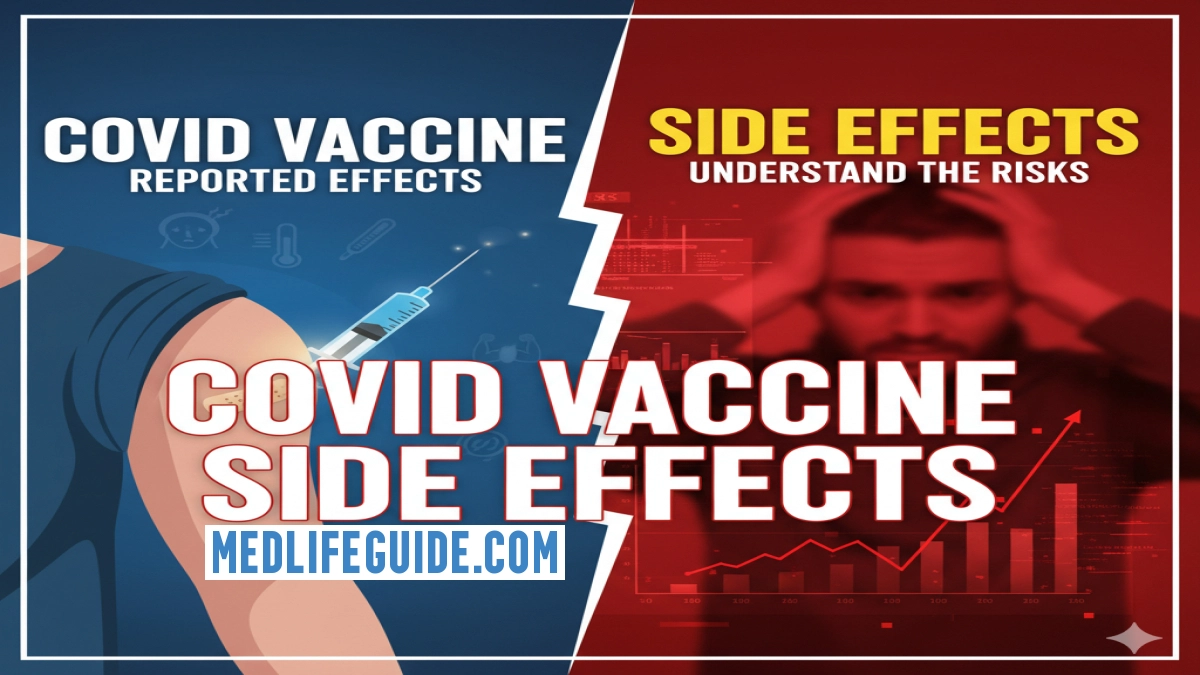As we move deeper into 2025 and 2026, the landscape of immunization against COVID-19 continues to evolve. Vaccination remains a cornerstone of public health strategy worldwide, but with ongoing updates to vaccine formulations and booster recommendations, understanding the nuances of side effects is more important than ever. This article offers a comprehensive, expert-driven exploration of vaccine-related reactions, grounded in the latest data and clinical experience, designed to empower individuals with clear, actionable knowledge.
Understanding the Context: Why Side Effects Matter Now
Vaccines have undergone significant refinement since their initial rollout. The newer generations of vaccines incorporate advanced mRNA technology, protein subunits, and viral vector platforms, each with distinct immunogenic profiles. This evolution means side effect patterns are shifting subtly, reflecting both improved safety and the immune system’s complex response to updated antigens.
Key takeaway: Side effects are not just a checklist of symptoms but a window into how your body is building protection. Recognizing this helps demystify the experience and supports informed health choices.
Common Side Effects: What the Latest Data Shows
Drawing on clinical trial updates and real-world surveillance from 2024 through early 2025, the most frequently reported side effects remain consistent with previous vaccine generations but with some notable trends:
- Local reactions: Pain, redness, and swelling at the injection site continue to be the most common, typically resolving within 48-72 hours.
- Systemic symptoms: Fatigue, mild fever, headache, and muscle aches are reported in approximately 20-30% of recipients, usually transient and mild.
- New observations: Some individuals report brief episodes of lymph node swelling, particularly in the armpit on the side of injection, which is a sign of immune activation rather than pathology.
Subtle Shifts in Side Effect Profiles
Recent data suggests a slight reduction in the incidence of fever and chills compared to earlier vaccine versions, likely due to optimized antigen dosing and adjuvant formulations. Conversely, mild gastrointestinal symptoms such as nausea have appeared more frequently in certain demographic groups, warranting further investigation.
Rare but Serious Reactions: What to Watch For
While overwhelmingly safe, vaccines can occasionally trigger more serious adverse events. Vigilance and early recognition are key to effective management.
- Myocarditis and pericarditis: These inflammatory heart conditions remain rare, predominantly affecting younger males within a week of vaccination. Symptoms include chest pain, shortness of breath, and palpitations.
- Anaphylaxis: Immediate allergic reactions are exceedingly rare but require prompt medical intervention.
- Neurological events: Guillain-Barré syndrome and other neurological complications have been reported at very low rates, with ongoing monitoring by health authorities.
Expert insight: The risk-benefit ratio strongly favors vaccination, as the incidence of severe COVID-19 complications far exceeds these rare side effects.
Factors Influencing Side Effect Severity
Understanding why some individuals experience more pronounced reactions can help tailor expectations and care.
- Age and sex: Younger adults and females tend to report more robust side effects, likely reflecting stronger immune responses.
- Previous infection: Those with prior COVID-19 exposure may experience heightened reactions due to immune memory.
- Underlying health conditions: Autoimmune diseases and allergies can modulate side effect profiles, necessitating personalized medical advice.
Managing Side Effects: Practical Strategies
Effective management of side effects enhances comfort and supports vaccine confidence.
Before Vaccination
- Stay hydrated and well-rested.
- Discuss any history of allergies or adverse reactions with your healthcare provider.
After Vaccination
- Apply a cool compress to the injection site to reduce pain and swelling.
- Use over-the-counter pain relievers like acetaminophen or ibuprofen if needed, following medical guidance.
- Monitor symptoms and seek medical attention if severe or persistent.
Addressing Common Concerns and Myths
Misinformation can fuel vaccine hesitancy. Here, we clarify frequent misconceptions:
- “Side effects mean the vaccine is unsafe.” On the contrary, side effects often indicate the immune system is responding appropriately.
- “Long-term side effects are unknown.” Extensive monitoring and research have not identified any delayed adverse effects beyond the typical post-vaccination window.
- “Natural immunity is better.” While natural infection confers immunity, vaccination provides safer, more predictable protection without the risks of severe illness.
Emerging Research and Future Directions
Ongoing studies are exploring:
- Personalized vaccination schedules based on genetic and immunological markers.
- Next-generation vaccines targeting multiple variants simultaneously.
- Longitudinal safety data to further refine risk profiles.
These advances promise to enhance both efficacy and tolerability, underscoring the dynamic nature of vaccine science.
Integrating Side Effect Awareness into Holistic Health
Vaccination is one component of a broader health strategy. Maintaining physical health through balanced nutrition, regular exercise, and stress management can support immune resilience and recovery from side effects.
Actionable Takeaways
- Expect mild, transient side effects as a normal part of immune activation.
- Monitor for rare but serious symptoms and seek prompt care if they occur.
- Communicate openly with healthcare providers about your health history and concerns.
- Stay informed through credible sources to counter misinformation.
- Adopt supportive self-care practices before and after vaccination.
Conclusion
Navigating vaccine side effects in 2025-2026 requires a nuanced understanding that balances scientific evidence with personal experience. By embracing a transparent, empathetic approach grounded in expertise and trustworthiness, individuals can make informed decisions that protect their health and contribute to community well-being. This evolving journey underscores the power of knowledge as the best tool in our collective fight against COVID-19.

